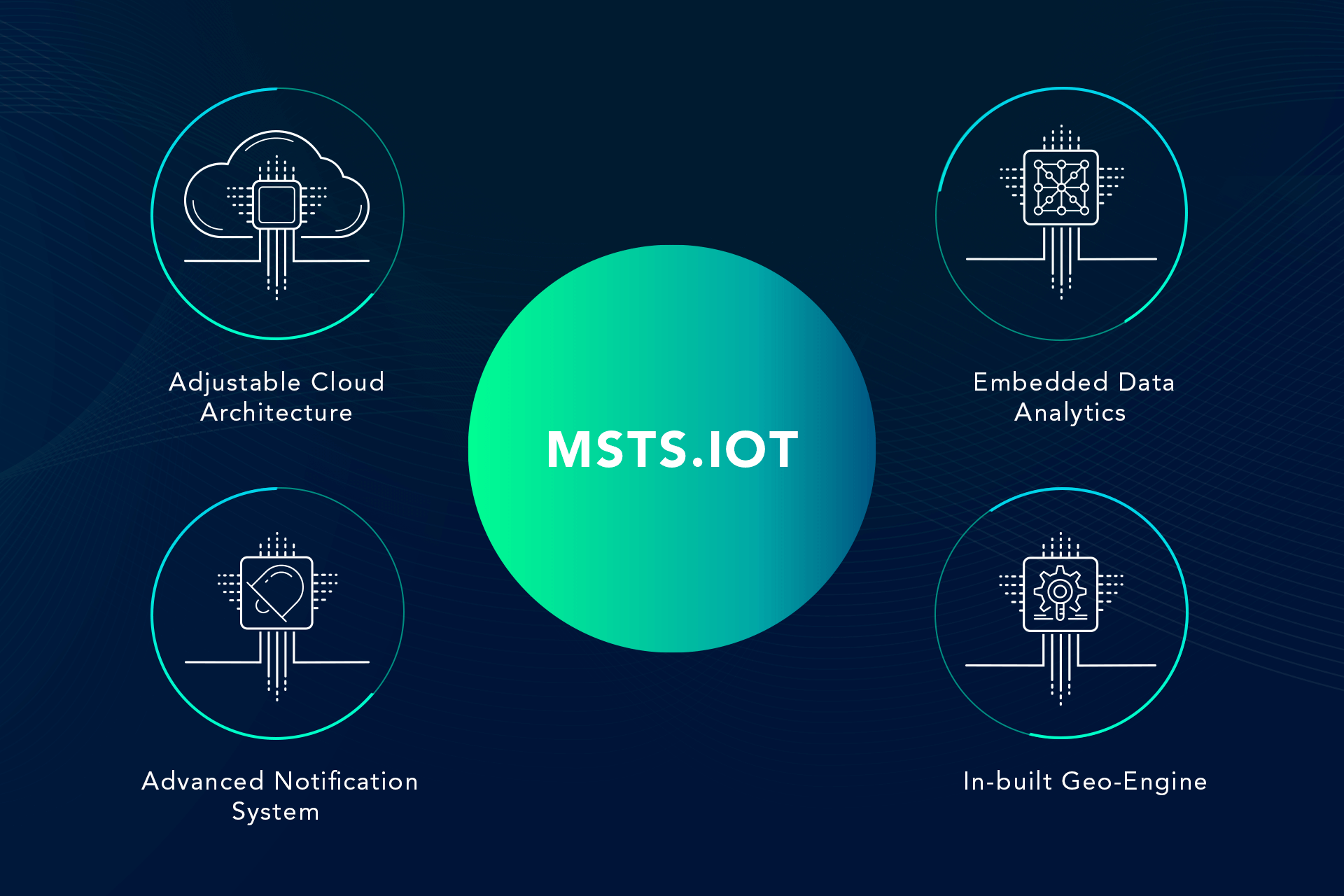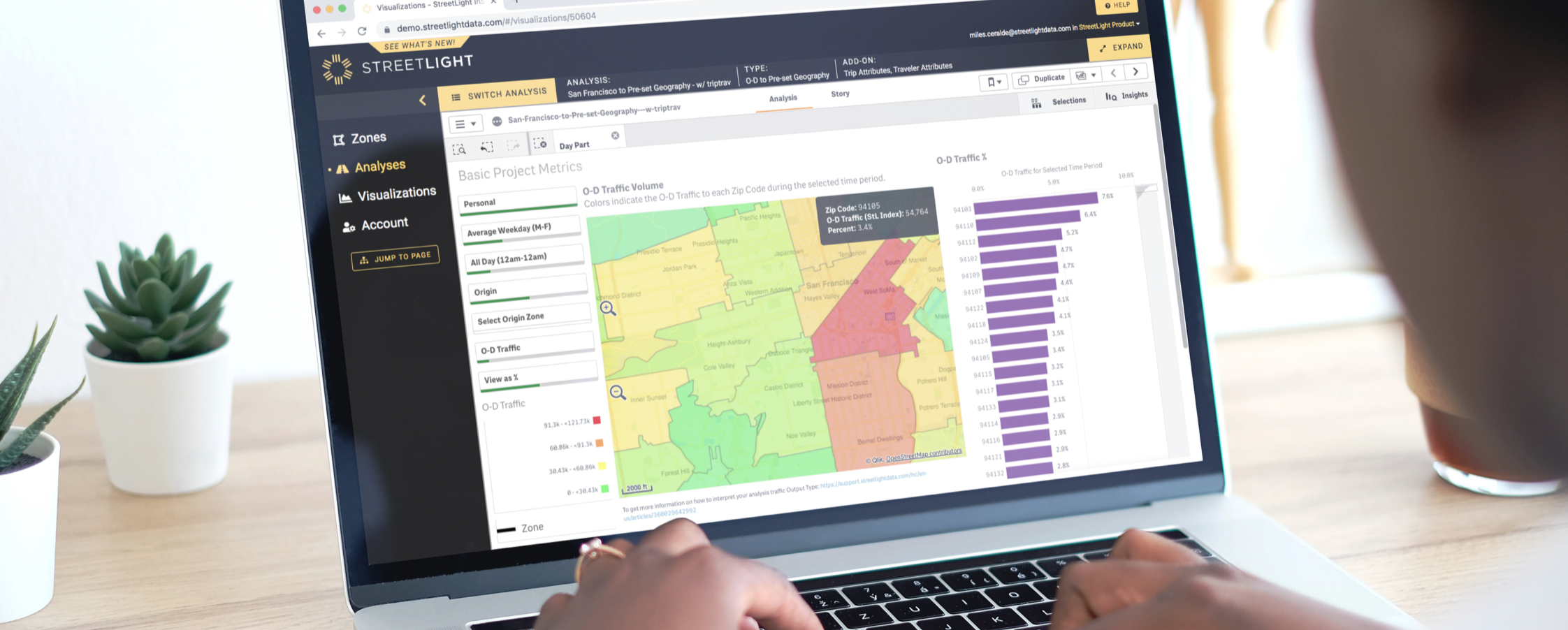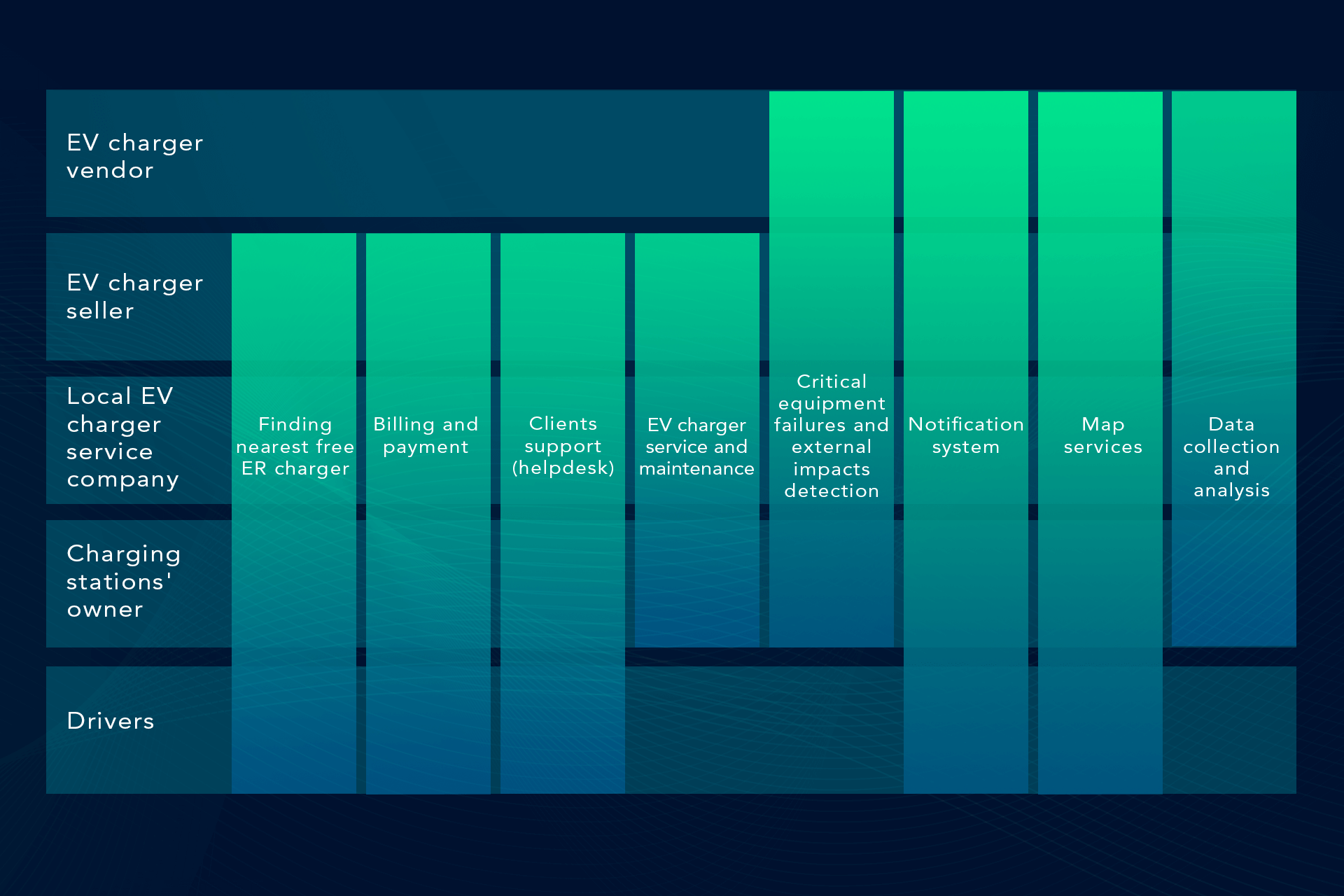Step into the realm of EV infrastructure, where data giants and techie delights intersect, creating a marvel of modern technology. It’s a world where Big Data and the Internet of Things (IoT) play an electric waltz, reshaping our travel ecosystem. This electrifying liaison is sparking innovations, propelling us towards a future that’s not only sustainable, but effortlessly efficient. So fasten your seat belts, because we’re about to delve into how the goliaths of data and the whizzes of IoT are powering up the EV infrastructure highway.
Understanding Big Data and IoT

As we delve deeper into the brave new world of electric vehicles (EVs), it’s impossible to overlook the role that Big Data and the Internet of Things (IoT) play in shaping our understanding and engagement with this transformative technology. For the uninitiated, understanding these two concepts and their integral function in the EV landscape can ruffle the brows of even the tech-savviest individuals.
Let’s break it down to more ingestible pieces. ‘Big Data’ is an umbrella term that refers to the enormous volume of structured and unstructured data we generate every day. For context, think about social network posts, digital photos and videos, and sensor data. This data, which far surpasses the processing ability of traditional databases, presents opportunities for insights, efficiencies and improvements when accurately analyzed.
On the other side of the coin, we have the Internet of Things (IoT). It refers to the vast network of interrelated computing devices, mechanical machines, and digital objects. These could be anything from your smart refrigerator to the fitness tracker on your wrist. These ‘things’ are embedded with technologies—sensors, software, and other electronics—that enable them to collect and exchange data over the internet.
Together, Big Data and IoT form a powerful tech duo that, when harnessed properly, holds the promise of significantly impacting the world of EVs. To put it into perspective, imagine a world where your EV can interact with charging stations, adjust to various power grid needs, track and analyze driving patterns, and recommend maintenance measures—all automatically. This futuristic scenario is only made possible by utilising the shared capabilities of Big Data and IoT.
Now, when we apply this to EV infrastructure, we’re talking about a grid that is ever-evolving and reactive, learning from each interaction to optimise for the best possible performance. These systems would be able to anticipate charging needs based on historical data, manage power loads during peak times, and diagnose potential issues before they become significant problems.
This adaptation is all thanks to the immense data that EVs generate—data about battery life, charging stations, routing options, power grid needs, and so on. When this Big Data is combined with IoT technologies, what results is an intelligently interconnected network of EVs and EV infrastructure that can communicate and make decisions in real time.
A leap into the universe of EVs will take more than just cutting-edge vehicles; It calls for an upgrade in supporting infrastructure, driven by data, connectivity, and smart systems. Such a landscape underpins Big Data’s vast info reserves and IoT’s interconnectivity to create an omniscient ecosystem that is more efficient, cost-effective and sustainable. The next sections will delve into how this dynamic duo benefits EV infrastructure, evident in some case studies, and what the future holds.
Big Data, IoT and EV Infrastructure: The Connection

As we delve deeper into the realm of electric vehicles (EVs), it becomes increasingly clear that today’s rapidly evolving hardware is nothing without the software that instructs it – enter, Big Data and the Internet of Things (IoT). Without these tools, the current state of EV infrastructure would be nowhere near as far-reaching, efficient, or innovative.
To comprehend the connection between Big Data, IoT, and EV infrastructure, one must first understand what each term encompasses. Big Data refers to the vast amounts of information collected from numerous sources. This information is processed and used to make informed predictions about future patterns and trends. The Internet of Things, on the other hand, is the network of physical devices, vehicles, appliances, and other items embedded with electronics, software, sensors, and connectivity that enable these objects to exchange data.
In the context of EVs, Big Data sources might include real-time updates on an electric vehicle’s current charge level, the distance it can travel before needing a recharge, the nearest charging station’s location, and even grid-wide electricity usage patterns. IoT is also a key player, with connected devices like smart meters and charging stations playing crucial roles in sending, receiving, and processing this data.
Arguably, the most critical connection between these technologies and EV infrastructure lies in the ability to optimize charging. Traditional charging methods are relatively straightforward, plug in the vehicle and wait until the battery is full. However, with Big Data and IoT at the helm, charging can become a far more tailored process. For instance, predictive analytics, gleaned from Big Data, can offer personalized charging schedules based on an individual’s driving patterns and energy usage. This not only optimizes charging time, but it also contributes to a significant reduction in electricity costs.
Moreover, the connection goes beyond just making individual EV use more efficient. On a societal scale, these technologies can help manage pressure on electricity grids, especially during peak periods. Information gathered from millions of connected EVs and charging stations can provide invaluable insights into when and where demand is likely to surge. This information, when correctly analyzed and employed can help balance energy distribution, reducing blackouts and grid failures.
In essence, the connection between Big Data, IoT, and EV infrastructures forms the foundation for a future where electric vehicles become a widespread reality. It’s this synergy that drives adaptive solutions, improves efficiency and helps us step towards a green energy future.
Benefits of Big Data and IoT in EV Infrastructure

Harnessing the power of Big Data and IoT has myriad benefits for EV infrastructure, paving the way for a more efficient, smart, and connected approach to transportation. This combination not only brings profound implications for the ongoing advancement of electric vehicles but also molds new pathways to meet future demands and challenges.
One of the key benefits of Big Data and IoT lies in enhanced operational efficiency. Big Data gives a comprehensive look at the usage patterns of EV users and charging needs, allowing for a better layout of charging stations. IoT, on the other hand, can serve real-time information regarding vehicle health, charging status, and available charging ports. This kind of detailed insight can help operators optimize the charging network, reducing costs, and increasing overall efficiency.
Big Data and IoT also play critical roles in predictive maintenance and remote diagnostics. Unplanned breakdowns can be devastating for the EV infrastructure. Through IoT sensors, potential issues can be detected and relayed before they escalate into major problems. Big Data analytics further complement this by predicting potential failures based on historical data and preemptive action can be taken in advance, thus lowering the total cost of maintenance and minimizing downtime for EV drivers.
Another significant benefit of Big Data and IoT revolves around fostering a sustainable and green environment. IoT aids in maximizing energy efficiency by smartly controlling charging operations based on grid load, peak hours, renewable energy generation, and battery status. This avoids power wastage or overload of power networks. Big Data analytics could help optimize energy management even further by analyzing data such as energy consumption patterns and alternative energy sources.
In addition, Big Data and IoT enhance the user experience by providing personalized and interactive services. For example, IoT-enabled devices can provide real-time data about the closest charging station, best route options, and charging status per minute directly to the user’s smartphone. Meanwhile, Big Data analytics can be used to offer tailored suggestions based on individual driving habits, vehicle condition, and climate conditions.
Lastly, Big Data and IoT bring improved safety measures. By constantly collecting and examining data, patterns can be identified around accident black spots, vehicle malfunctions, or driving habits that may increase risk. Intelligent insights gleaned from this data can be applied to policy-making, to road design, and to the overall improvement of safety measures for all road users.
To conclude, the amalgamation of Big Data and IoT paves the way for a smarter, more efficient, and user-friendly EV infrastructure. By taking advantage of these technologies, the EV ecosystem can evolve and adapt more readily to changing needs, proving a cleaner, more sustainable, solution for the future of transportation.
Case Studies of Big Data and IoT in EV Infrastructure
Understanding the power potentials of Big Data and IoT in EV Infrastructure can be best conceived through practical examples. Let’s consider a couple of key case studies that can provide analytical evidence of the benefits these technologies bestow on the sustainable transportation industry.
First up is the success story from Amsterdam, a city on the spear of EV adoption. The Dutch capital implemented a smart charging system for public electric vehicles. Using IoT sensors, the system gathers real-time data on electricity prices, grid load, and weather patterns. With big data analytics, this information is processed to schedule and optimize charging at the most advantageous times, significantly improving grid stability and promoting efficient energy usage. The end result? Owners pay less to charge their EVs, emission is kept at a minimum and the grid health remains intact.
A second case we delve into is the automotive giant, Tesla. Their vehicles are outfitted with IoT-connected sensors gathering copious amounts of data, which range from driving habits of the owner to energy usage and so much more. This enormous chunk of data is then scrutinized through big data analytics. This helps identify trends and patterns, eventually used in feature improvements and predicting potential maintenance.
For instance, in 2018 Tesla was able to recognize an issue with the Model S’ battery overheating through data patterns, and quickly released an over-the-air update to fix the issue. Without such rapid data analysis, this could have resulted in extensive damage and a costly recall. This Tesla example clearly illustrates how Big Data and IoT play a crucial role in maintaining the health of EVs and providing a secure and enhanced performance to the owners.
Finally, let’s turn to Enel X, an energy service company that launched “Recharge Manager” to lift fleet electrification. This IoT-powered software collects data on each vehicle’s type, usage, and charging requirements. Paired with Big Data, it furnishes analytics essential for arranging fleet charging, ensuring energy requirements are met without straining the grid or inflating costs.
In each of these case studies, we glimpse the power of Big Data and IoT in the realm of electric vehicles. Their union does not merely augment the EV user’s experience but also plays a pivotal role in optimizing grid usage, harnessing renewable energy, reducing carbon footprints, and spearheading the inevitable transition to greener methods of transportation. Undoubtedly, these examples hint at the even bigger possibilities in the horizon.
Future of Big Data and IoT in EV Infrastructure

As we drive down the highway of progress, we see the enormous potential of big data and the Internet of Things (IoT) in shaping the landscape of electric vehicle (EV) infrastructure. Electric vehicles aren’t just going to be a part of the future they’re going to be a huge part of the future. And this future is interconnected, interoperable, and incredibly intelligent, thanks to big data and IoT. So, what does the road ahead look like?
Consider this: soon, vast networks of chargers will mine real-time data to learn about usage patterns and adapt accordingly. This smart EV infrastructure could automatically adjust scheduling or suggest charging times to optimize energy use and minimize peak demand strains on the power grid. Moreover, electric vehicle owners could plan their trips better with precise predictions of their vehicle’s battery life based on driving habits and traffic conditions, meticulously calculated by algorithms digging through a mountain of data.
The streaming torrent of data also lays the groundwork for vehicular communication features. We’re talking about cars communicating with each other, with charging stations oozing nifty pieces of information, or even with central servers coordinating traffic to avoid congestion or unnecessary power consumption. With rapid advancements in machine learning and artificial intelligence, we could see a future where our EV infrastructure is not just functional, but sentient.
Data gathered by interconnected EVs can also help policymakers and urban planners. Sophisticated big data analysis might guide the optimal placement of charging stations, taking into account aspects like population density, car ownership statistics, and even weather patterns. This can result in a more inclusive, effective, and sustainable EV infrastructure.
Now, what about security? As the IoT network widens and big data deepens, the challenge to protect sensitive information simultaneously escalates. However, robust cybersecurity measures powered by predictive analytics and blockchain technology can fortify the digital frontiers of our future EV infrastructure.
This picture of the future is not just plausible; it’s probable. Big data and IoT are paving the route to a smarter EV infrastructure that’s more efficient, personalized, and secure. As we hurtle towards this future, buckle up—it’s going to be an exciting ride.
FAQs
What is this ‘Big Data’ I keep hearing about and what does it have to do with EV infrastructure?
How can IoT, this whole Internet of Things, help improve EV infrastructure?
What benefits does the combination of Big Data and IoT bring to the EV Infrastructure world?
Conclusion
In conclusion, the convergence of Big Data and IoT provides a powerful platform for optimizing EV infrastructure. Their role in driving decision-making, improving charge station efficiency and enhancing user experience is invaluable. As the EV market continues to expand, the integration of these technological advancements will undoubtedly lead to an increasingly efficient and sustainable transportation future.
